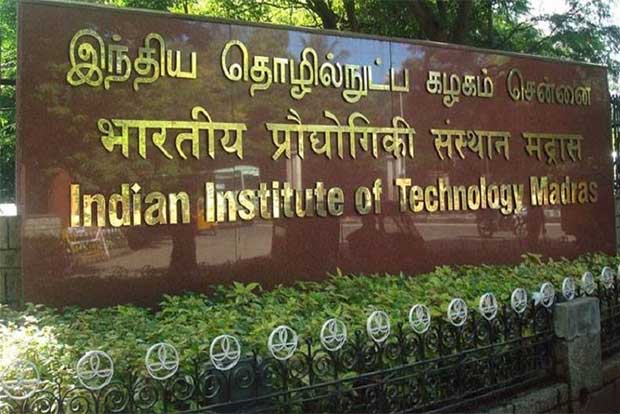Begin typing your search...
IIT-Madras researchers develop navigation algorithms that think like humans
Researchers at the Indian Institute of Technology-Madras (IIT-M) have developed a class of fast and efficient ‘motion planning’ algorithms which can think like human beings and enable autonomous aerial, ground or surface vehicles to navigate obstacle-cluttered environments.

Chennai
According to the team, the algorithms have been developed on a novel notion of ‘Generalised Shape Expansion’ (GSE) that enables planning for a safe and dynamically feasible trajectory for autonomous vehicles. These approaches have been found to yield superior results compared to many of the existing seminal and state-of-the-art motion planning algorithms.
Because of its novel calculation of the ‘safe’ region, it provides a crucial advance during time-sensitive planning scenarios arising in applications like self-driving cars, disaster response, ISR operations, aerial drone delivery and planetary exploration, the team claimed.
The research led by Satadal Ghosh, Assistant Professor, Department of Aerospace Engineering, IIT-M, has published several research papers in internationally reputed peer-reviewed journals. The team included IIT-M alumni Vrushabh Zinage, currently a doctoral research scholar at the University of Texas Austin (USA); Adhvaith Ramkumar a graduate student at Warsaw University of Technology, Poland; and Nikhil P, an analyst at Goldman Sachs.
“The GSE-based algorithms function by calculating a ‘safe’ region consisting of large ‘visible’ areas in the environment, customised to ensure navigability. Following this, the algorithms select a random point in this ‘visible’ region and connect it through a safe ‘edge’ to the safely reachable regions discovered so far. Eventually, the algorithms can almost always connect any two points in any environment, which satisfies certain basic criteria,” Zinage said.
The researcher explained that the GSE-based algorithms’ advantage lies in the significant improvement of computational efficiency over several other well-established motion planning algorithms.
“Instead of using computationally heavy dedicated collision checking modules, these algorithms leverage the novel notion of ‘generalised shape’, which gives a maximal representation of the free-space that is reachable from a point in the environment, almost similar to updating of human perception about the ‘safe’ space to move through surrounding him or her,” said Adhvaith Rajkumar.
“GSE-based algorithms has promising potential in autonomous applications ranging over warehouse material movement, project commissioning, drone delivery, disaster management, self-driving cars, and so on,” said Satadal Ghosh, Assistant Professor, Department of Aerospace Engineering, IIT Madras.
Visit news.dtnext.in to explore our interactive epaper!
Download the DT Next app for more exciting features!
Click here for iOS
Click here for Android
Next Story



